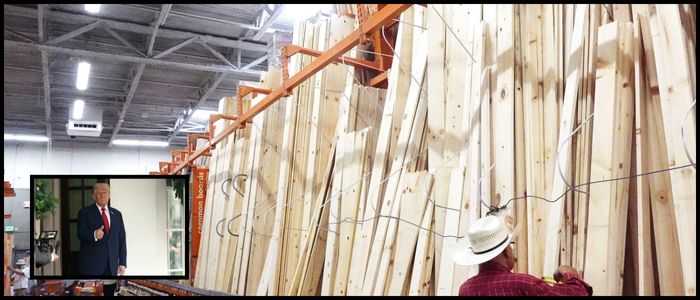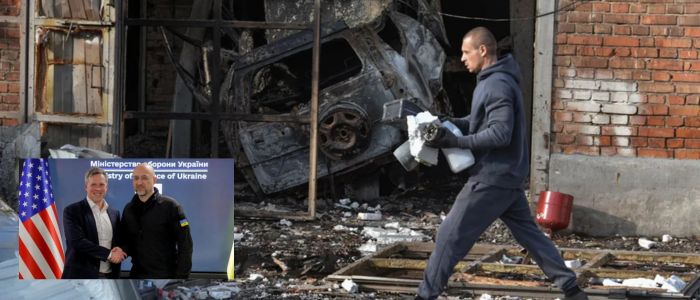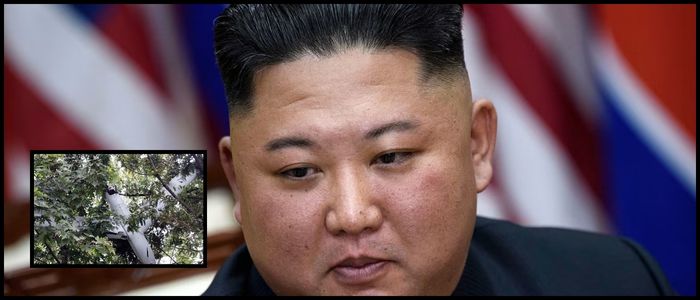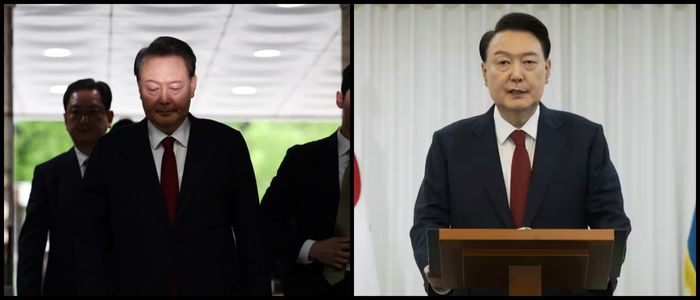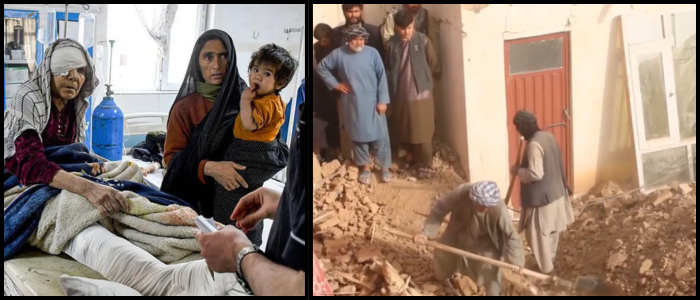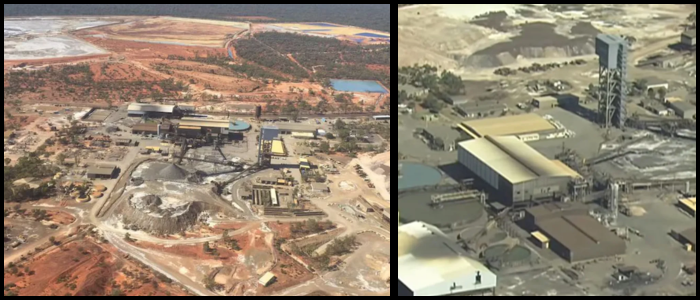In the front-line town of Dobropillia, eight kilometres (five miles) away from the Russians, volunteers are risking their lives evacuating the sick, elderly, and children. The mission kicks off to plan as the team whisks into town in an armored vehicle equipped with drone-jamming gear that lurches up to 130km/h (80mph). The road is protected by green netting to obscure it from the view of drones.
Virtually no one plies the streets of Dobropillia; a few locals are briefly out and about for supplies. Russian strikes happen every day, buildings are torn to pieces, and water supplies have been cut for a week. In five days alone, volunteers Laarz, a 31-year- old German, and Varia, a 19-year-old Ukrainian attached to the charity Universal Aid Ukraine, have completed dozens of evacuations.
Residents Leaving Homes Behind
Just one week ago, Russian forces briefly penetrated near Dobropillia in a breach that had renewed fears that Ukraine’s heavily defended “fortress belt” might fall. While Ukrainian reinforcements have subsequently secured the region, the vast majority of local residents say it is unsafe for them to stay.
One of those is 56-year-old Vitalii Kalinichenko, who stands outside his blaring apartment with a bag of stuff. The windows of his house were shattered in a Shahed drone strike that also wounded his leg. A crater is nearby, and chunks of drone wreckage are in neighbors’ gardens. While the evacuation is in progress, Russian drones are also above, and the group takes cover.
Explosions echo through the vacant streets, emphasizing the peril. But the team saves more people, including homesick families who have been hiding in the area. Amid the blasts, they flee the town. In the car, Anton, 31, is silent, having left his mother behind.
He’s never been away from home, and he hopes that she won’t be for long. He is of the mind that negotiations are necessary to end the war. “No blood, no victims,” he says. But Varia disagrees, saying Russia is still not to be trusted and that giving up Donbas would simply lead to further assaults.
A Key Area in Ukraine’s Defense
The Donbas is still crucial to Ukraine’s military security, but it becomes more perilous with each step the Russians take. President Volodymyr Zelensky has pushed aside forecasts that Donbas could fall this year and implied Russia would need at least four more years to occupy what’s left of the region. Even so, Ukraine’s prospects for recovery of territory seem limited without new weapons or stepped-up Western support.
The price of hanging on is steep. In a nearby field hospital, the casualties from the savage battle over Pokrovsk, a city that is now partially encircled by Russian troops, are brought throughout the night. They include soldiers with gunshot wounds, injuries from shrapnel, and limbs blown off by drones. Even if Russian losses are higher, perhaps triple, Moscow has the men to absorb them.
For people like Anton, however, who may never be able to go home again, to leave is to leave everything. While local towns change hands and destruction grows, the fate of Donetsk sways in a combination of battlefield fighting and uncertain diplomacy.
World
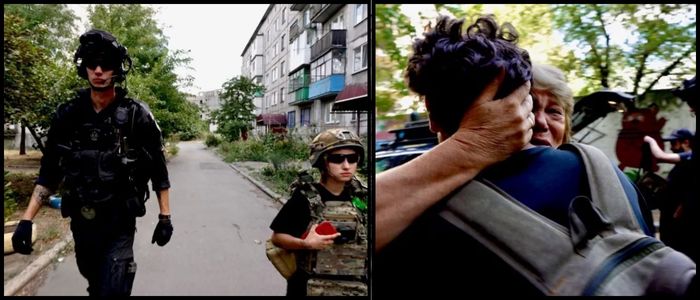
Fierce Battles in Donetsk as Residents Flee Constant Attacks

The key prize for Moscow has always been the Donetsk region of eastern Ukraine. So-called ‘reports’ from early this weekend are that Vladimir Putin has offered to end the war, providing that Russia gets full control over this territory. Russian forces already occupy 70% of Donetsk and almost all of nearby Luhansk; its advances continue at a slow but steady pace.






